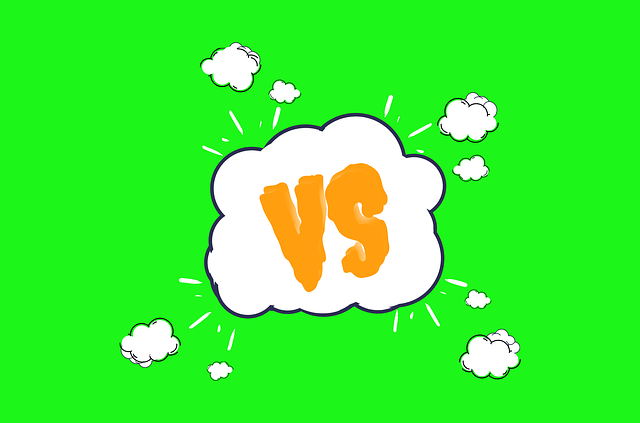Six Reasons Why the iPhone is better than Android
Ever since smartphones got mainstream, two operating systems have always been in a head-on battle; Android by Google and iOS from Apple. Whilst Android was made available to any smartphone manufacturing brand to inculcate Google’s OS into their smartphones. iOS has always been exclusive to Apple’s iPhones and iPads.
Today Android OS is supported by virtually every smartphone brand apart from Apple. iPhones have a home-grown operating system that isn’t shared with any other company’s cellular devices. Though there are various reasons to choose either of the operating systems, we give you six reasons why iOS is more superior in comparison to Androids.
The Perfect integration of hardware and software.
Unlike Android devices that use internal components from various suppliers. Apple makes their own processors, this is beneficial to the R&D teams to get a perfect blend of hardware and software.This perfect mixture is the real reason how iPhones work faster and smoother than Android phones having double the processor and RAM capacities.
Easiest user-interface.
The iOS software has always had a more user-friendly approach than Androids. Carrying on tasks on iPhones is much easier. Even the App Store is way more straightforward than the Play Store in navigating within the app or searching for downloadable content under various categories. App developers themselves agree with Apple’s uncomplicated interface and new applications make their debut on iOS before Android.
Apple’s skin for the operating system has retained its user-friendliness even after the iOS14 update. In fact, with the newly updated operating system, Apple has added an App Library that automatically creates categorised folders for downloaded applications. Giving your iPhone a cleaner look while making your life easier.
Supported iOS devices get the latest updates together.
Whenever a new Android update is announced by Google, all manufacturers using their operating system have to draft out updates for eligible devices and also for one’s own UI skin. The process of updating user interfaces for eligible devices is long and by the time the OTA is pushed, some devices receive it earlier and some even months later.
Apple on the other hand releases a list of devices that are compatible with the new update during the launch of beta versions. Once the public launch is announced, all iPhones, iPads and iPods on the list receive an over-the-air update on the same day.
Longer update cycle.
Most Android devices reach the end of their software update cycle in about 3 to 4 years. Some manufactures using Google’s operating system have gone up to five years max. Some devices do not even comply to receive important security patch updates.
In response, iPhones receive new operating system updates for at least 6 years. The first generation of the iPhone SE that was launched way back in 2014 is compatible with the latest iOS14 update.
Say “No” to Bloatware.
In recent times, apart from Google’s own smartphone range that has stock Android installed, all other manufactures are seen adding pre-installed apps. These apps can only be disabled and not uninstalled, this process is known as “Bloatware.” These already installed applications take up unnecessary storage space.
Most of these pre-installed applications are not useful to all and Apple understands that. Apart from the Apple Watch app there’s no other third-party applications installed in iOS. iPhones also have a feature called Remove Unused Apps. Once enabled this feature will automatically uninstall applications that haven’t been used in a long time.
Privacy Settings.
Last but not least, the most important factor that iPhones have over their rivals is the privacy feature. Apple has always been vocal about the level of security installed on iOS devices. All app developers need to go through stringent security protocols to qualify in accordance with Apple standards.
Third-party apps cannot modify system settings on iPhones that makes them more secure than Android devices. Apple’s seriousness for a near vulnerable device is seen in their beta versions as well.
